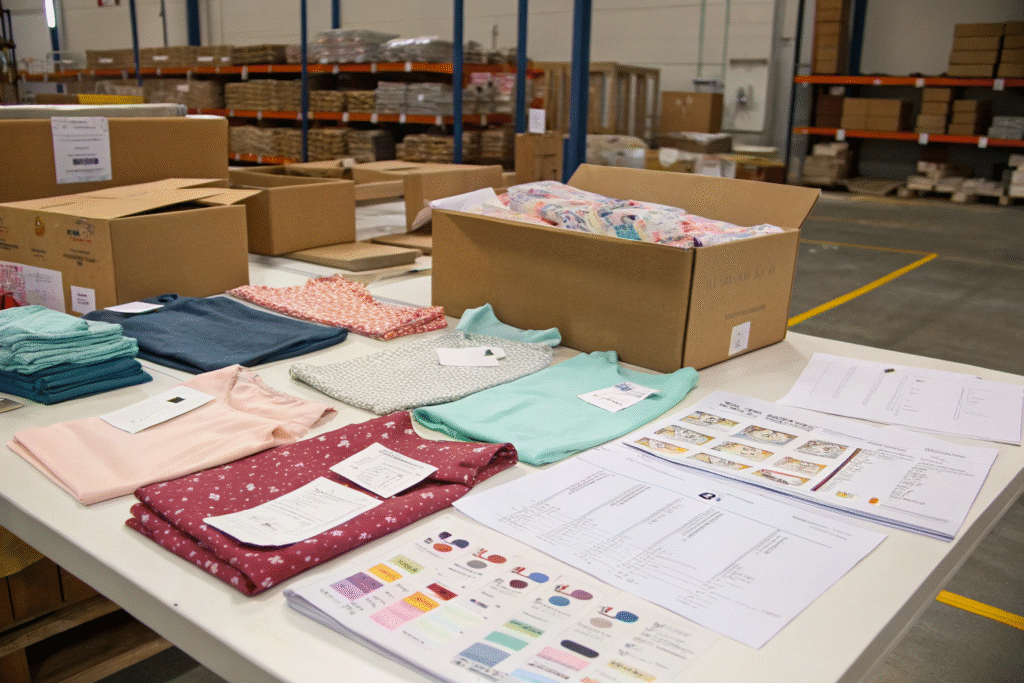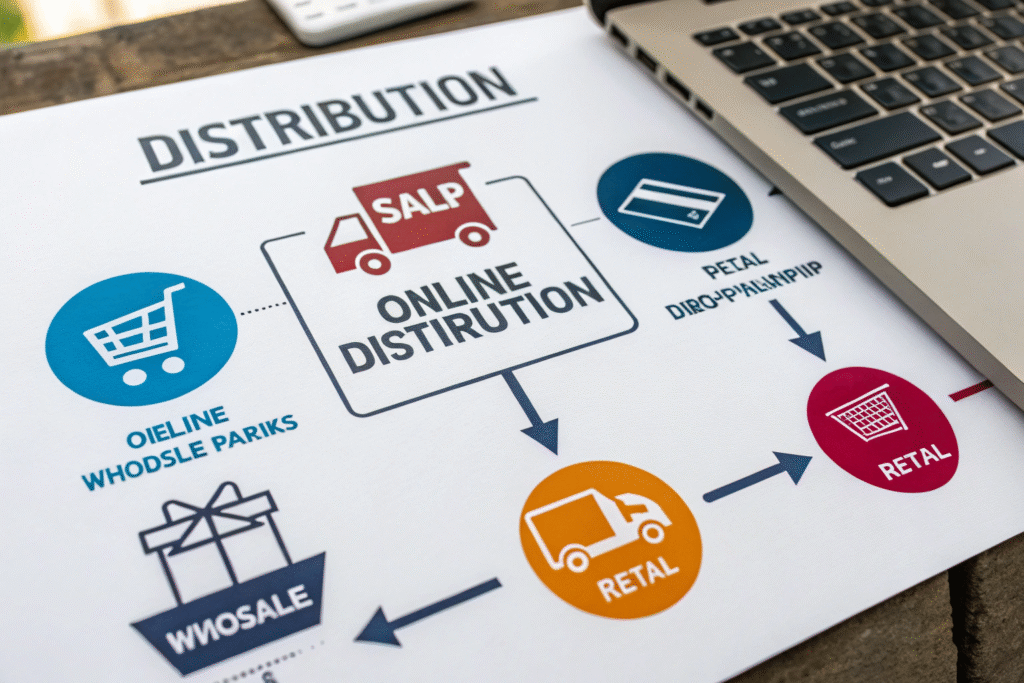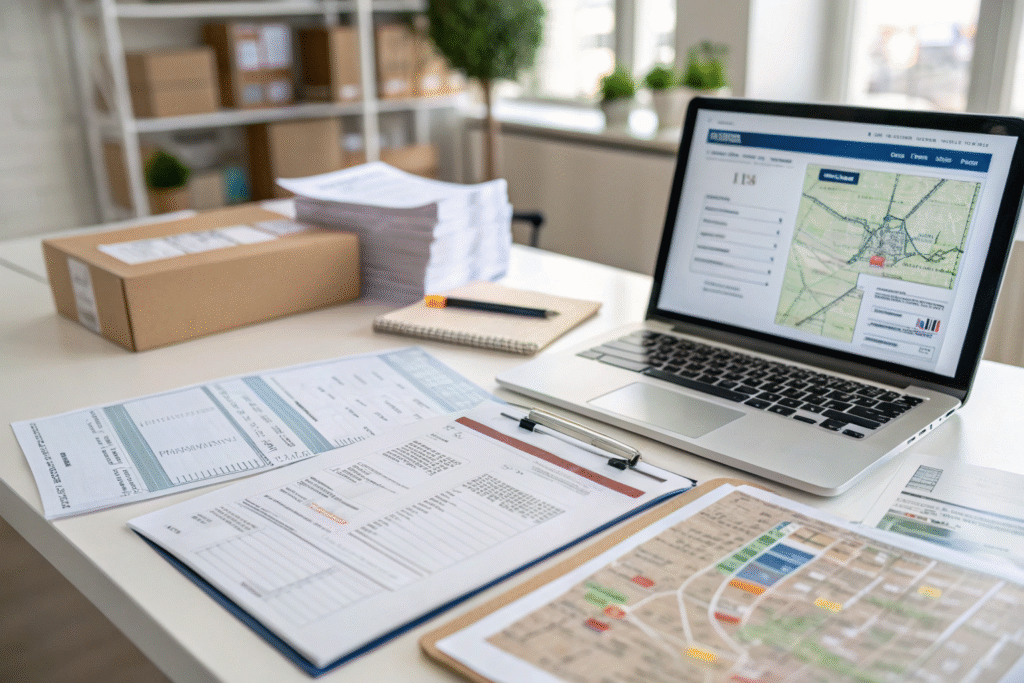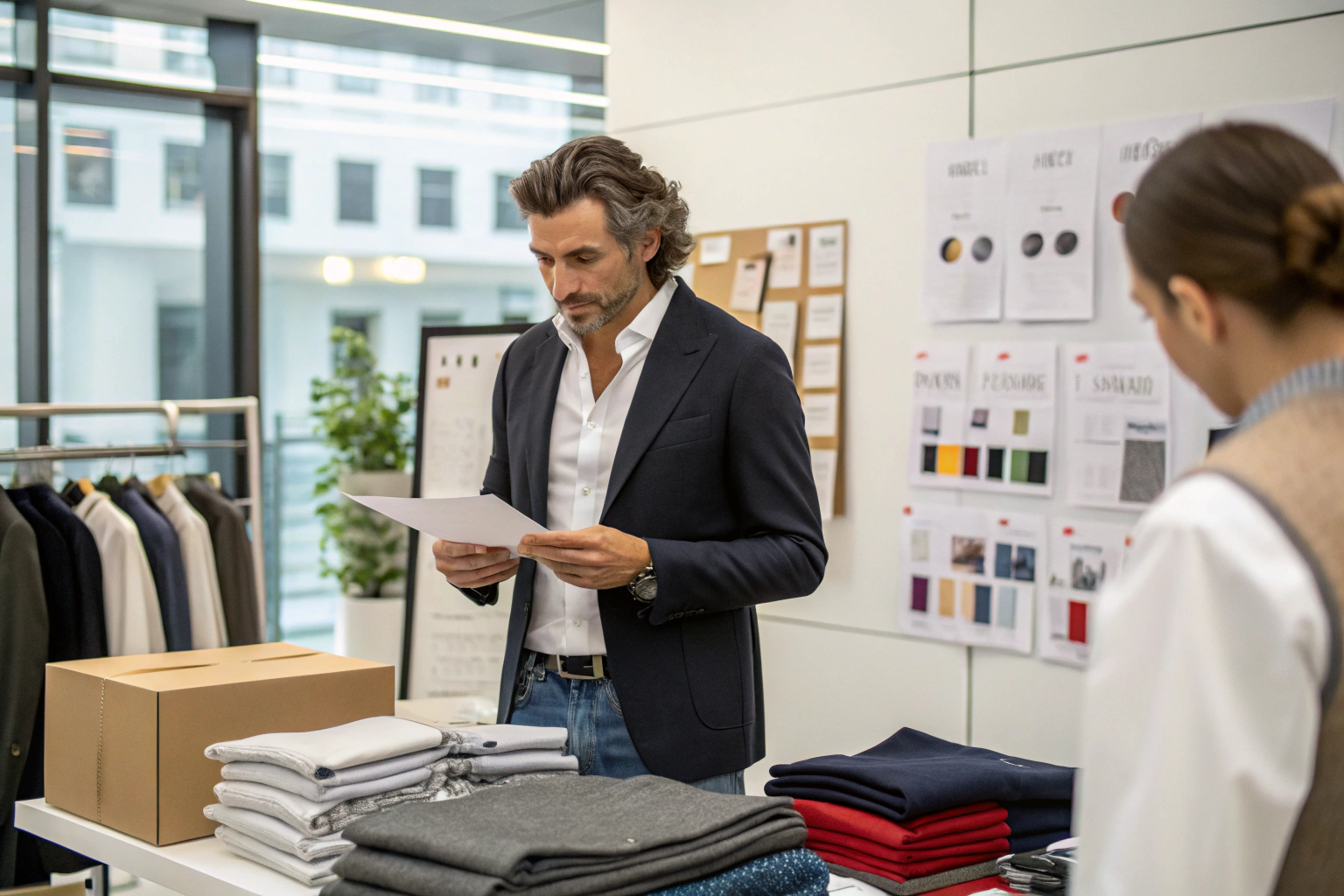Many aspiring entrepreneurs see the children's clothing market as a goldmine. And they’re not wrong. Kids grow fast, parents buy often, and fashion cycles continue to evolve—even for toddlers.
To become a children’s clothing distributor, you need to understand the supply chain, find reliable manufacturers, establish a sales strategy, and maintain legal compliance. It’s a business with high potential, but only if approached with clear planning and strong partnerships.
As a factory owner serving hundreds of international clients, I’ve helped many distributors build successful businesses. This guide offers a clear roadmap, especially for those targeting Western markets with sourcing from China.
What Are the First Steps to Starting a Kidswear Distribution Business?
You might be excited to start, but you need a solid base. The children’s clothing market is competitive, and your foundation determines long-term growth.
Start by researching your target market, choosing a niche, analyzing competitors, and drafting a realistic business plan. This will guide every decision you make.

What niche should I choose within children’s clothing?
It’s tempting to go broad—but a niche is more powerful. Do you want to focus on organic babywear? Trendy toddler streetwear? School uniforms or seasonal holiday outfits?
Each niche has different sourcing needs, marketing angles, and price points. Study demand on platforms like Google Trends or JungleScout to evaluate which kidswear categories are growing.
How do I write a business plan for kidswear distribution?
Include sections on market research, sourcing, target customers, logistics, legal structure, and financial projections. Use tools like LivePlan to structure it properly.
Your plan doesn’t need to be 100 pages long, but it should clearly outline your business goals and the steps to achieve them. Investors, partners, and even suppliers may request it.
How Do I Source Quality Children’s Clothing Products?
Once your plan is set, sourcing becomes the most critical step. Poor quality products can destroy your reputation quickly.
To source children’s clothing, partner with certified factories, review samples thoroughly, and prioritize safety and comfort in every SKU.

Where can I find reliable manufacturers or suppliers?
Start with B2B platforms like Alibaba, Global Sources, or Faire. Attend trade shows like Magic Las Vegas or Kind + Jugend.
You can also approach niche OEMs like us—factories specialized in欧美童装 with solid references, BSCI/WRAP certifications, and a track record for timely delivery.
What should I check before placing bulk orders?
Always request samples first. Review stitching, fabric softness, sizing, wash resistance, and label clarity. Ask for compliance documents like CPSIA for U.S. markets or REACH for the EU.
Communicate clearly—confirm colors, packaging, delivery timelines, and payment terms in writing. Delays often happen due to vague expectations or language gaps.
How Should I Set Up Distribution Channels?
You have the products—now, how do you sell them? The right distribution method depends on your budget, market, and business model.
Distributors typically choose among wholesale, retail partnerships, dropshipping, or DTC online stores—some use all four. Flexibility is key.

What are the pros and cons of different distribution models?
| Distribution Model | Pros | Cons |
|---|---|---|
| Wholesale | Low marketing cost | Needs storage & transport |
| Dropshipping | No inventory needed | Lower margins |
| Retail Partnering | Scalable orders | Complex negotiations |
| DTC Store | Full control | High ad budget needed |
Tools like Shopify, Faire, and Handshake help you get started quickly.
How do I build relationships with retailers and boutiques?
Introduce your brand through personalized emails. Attend regional gift shows or use RangeMe. Offer them exclusives, volume-based discounts, or free samples.
Stay professional and responsive. Retailers love punctuality and flexibility. Follow up after orders, send new catalogs regularly, and keep them updated on trends and seasonal launches.
What Legal and Logistic Setups Do I Need?
The boring stuff isn’t glamorous—but it’s vital. Taxes, shipping, and customs rules can make or break your margins.
You’ll need to register your business, set up payment gateways, and build partnerships with freight forwarders or 3PL warehouses.

How do I legally register and structure my business?
Choose an entity type (LLC, sole proprietorship, etc.) based on your country’s laws. For the U.S., use IRS EIN registration and local permits.
Set up a business bank account, obtain necessary import licenses, and get liability insurance. Consider hiring a part-time bookkeeper to track costs and cash flow.
How do I manage international logistics and customs?
Work with freight partners like Flexport or Freightos for DDP shipping. Choose ports and shipping lanes that balance cost and time.
Use Incoterms to define responsibility and avoid miscommunication. Track your shipments and stay in touch with customs agents—especially when working with developing countries like China or Vietnam.
Conclusion
Becoming a children’s clothing distributor requires more than just good taste. You need a sharp business plan, trusted suppliers, efficient logistics, and scalable sales channels. When done right, it’s a powerful business model with repeat buyers, strong margins, and room for creativity. Whether you're a solo entrepreneur or an apparel company owner, this is your moment to tap into a growing and dynamic market.










